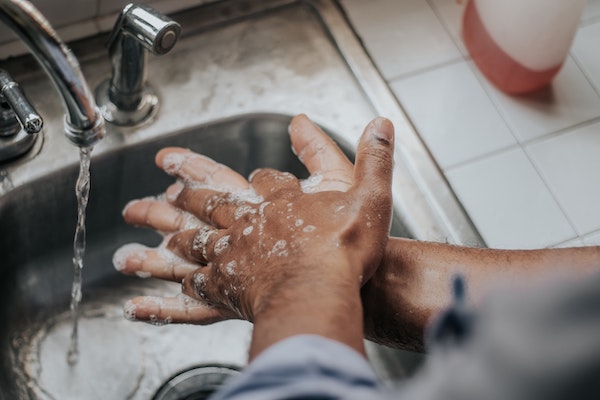Both women and men have pelvic floor muscles. These are layers of muscle that stretch from the pubic bone to the coccyx and from side to side. Firm and well-toned pelvic floor muscles help support the bladder, womb and bowel and help to close the bladder outlet and back passage.
Pelvic floor muscle exercises or pelvic floor muscle rehabilitation can, if done correctly, help you improve your bladder and bowel control and resolve or improve leakage. They can also be used to help you if you already have symptoms of pelvic floor weakness; for example, prolapse. When a muscle is not exercised it will weaken through lack of use. Like any other muscles in the body, the more you use and exercise them, the stronger the muscles will be. The pelvic floor muscles are no exception.
To achieve the best results you may need to seek help from a specialist continence physiotherapist or continence advisor. They will have a range of treatments available that can help you learn how to strengthen your pelvic floor muscles.
The muscles of your pelvic floor have to be able to work in several different ways, just like other muscle groups in the body. The muscles need to be able to work strongly and quickly during times of sudden increase in intra-abdominal pressure (coughing, sneezing) to prevent leakage; and they need to work less strongly but be able to hold on for some time without letting go (endurance) so that you can get to the toilet without leaking.
B&BC has an information sheet available for women and men, explaining how the pelvic floor muscles work and how to do your exercises. Please visit our downloads section for these and other Information Sheets that you may find helpful.








